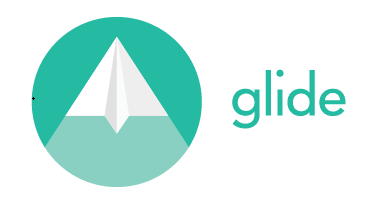編輯:Android資訊
本文由碼農網 – 小峰原創,轉載請看清文末的轉載要求,歡迎參與我們的付費投稿計劃!
RoboBinding是一款基於Android的數據綁定組件,它可以幫助你編寫可讀性強、容易測試以及性能優越的Android UI應用。RoboBinding有以下幾個特點:
下面我們通過一個小例子來學習RoboBinding的使用方法。
布局代碼:
<LinearLayout xmlns:android="http://schemas.android.com/apk/res/android"
xmlns:tools="http://schemas.android.com/tools"
xmlns:bind="http://robobinding.org/android">
<TextView
bind:text="{hello}" />
...
<Button
android:text="Say Hello"
bind:onClick="sayHello"/>
</LinearLayout>
presentation models:
@org.robobinding.annotation.PresentationModel
public class PresentationModel implements HasPresentationModelChangeSupport {
private String name;
public String getHello() {
return name + ": hello Android MVVM(Presentation Model)!";
}
...
public void sayHello() {
firePropertyChange("hello");
}
}
Activity代碼
Activities將應用布局和展現層數據綁定在一起,MainActivity.java的代碼如下:
public class MainActivity extends Activity {
@Override
protected void onCreate(Bundle savedInstanceState) {
...
PresentationModel presentationModel = new PresentationModel();
View rootView = Binders.inflateAndBindWithoutPreInitializingViews(this, R.layout.activity_main, presentationModel);
setContentView(rootView);
}
}
更多關於RoboBinding的使用,可以訪問其在Github上的主頁。
 如何用PHP開發Android應用程序
如何用PHP開發Android應用程序
Google的開源Android移動操作系統正在席卷全球智能手機市場,和蘋果不一樣,它對那些想將應用程序提交到iPhone App Store的開發人員有著嚴格的
 七年iOS工作經驗的我為什麼放棄了iOS而選擇了Android
七年iOS工作經驗的我為什麼放棄了iOS而選擇了Android
本文由碼農網 – 唐李川原創翻譯,轉載請看清文末的轉載要求,歡迎參與我們的付費投稿計劃! 上周一我非常開心。因為我被允許為一個曾經工作過的客戶開始開發一個
 從零開始打造一個Android 3D立體旋轉容器
從零開始打造一個Android 3D立體旋轉容器
1.概述 回到正題,這次帶來的效果,是一個Android 的3D立體旋轉的效果。 當然靈感的來源,來自早些時間微博上看到的效果圖。 非常酷有木有!作為程序猿我當然
 Android圖片平滑滾動組件Glide
Android圖片平滑滾動組件Glide
本文由碼農網 – 小峰原創,轉載請看清文末的轉載要求,歡迎參與我們的付費投稿計劃! Glide是一款基於Android的圖片加載和圖片緩存組件,它可以最大